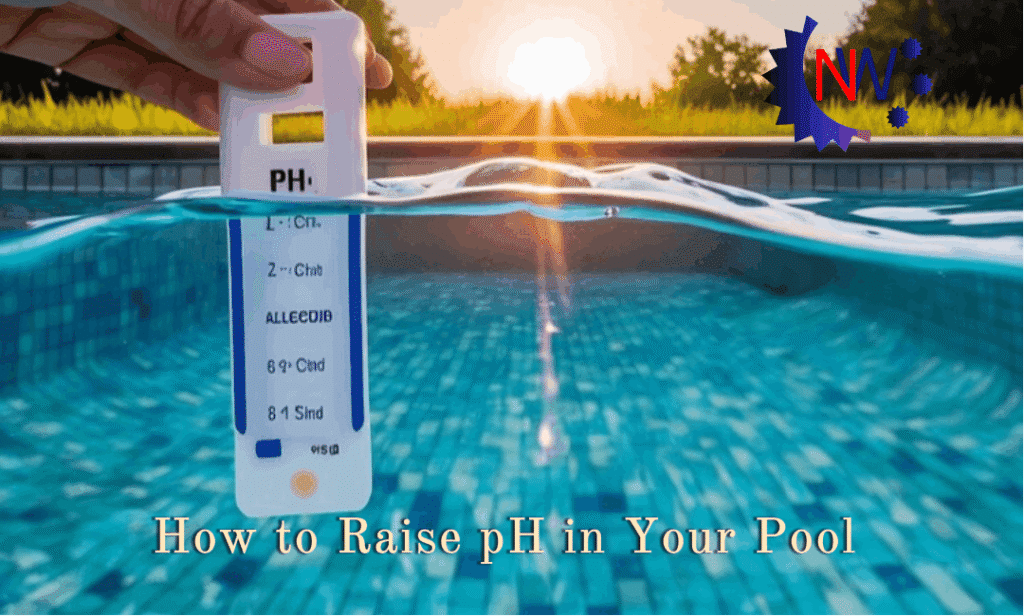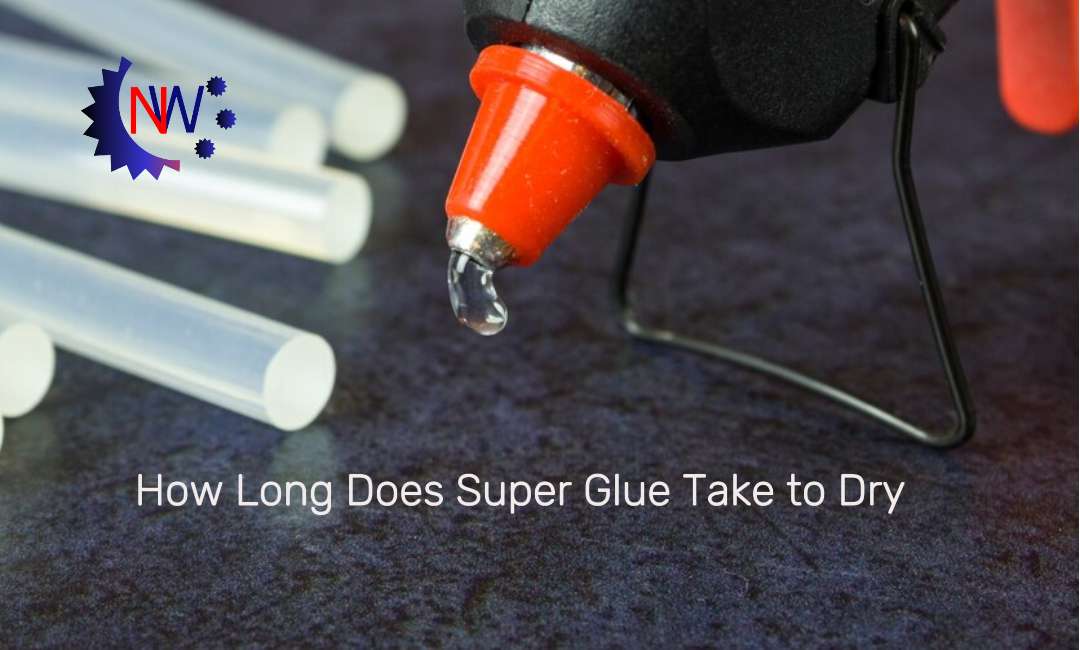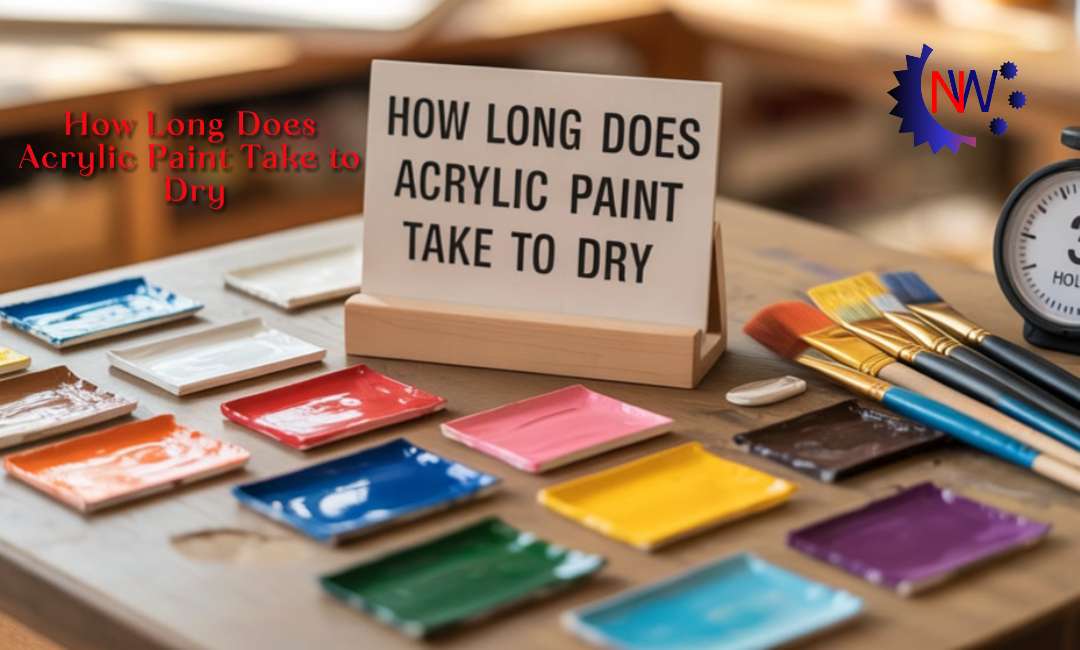How to Raise pH in Your Pool: The Complete Guide for Crystal-Clear Water

Maintaining the right chemical balance in your swimming pool is essential for water clarity, swimmer comfort, and the longevity of your pool equipment. One of the most important aspects of pool chemistry is pH. If your pool’s pH is too low, it can cause a host of problems, from itchy skin to corroded pool parts. In this comprehensive guide, you’ll learn how to raise pH in your pool, why pH matters, what causes low pH, and how to keep your pool water perfectly balanced all season long.
1. What is pH and Why Does It Matter?
pH is a measure of how acidic or basic (alkaline) your pool water is, on a scale from 0 to 14. A pH of 7 is neutral. Anything below 7 is acidic, and anything above 7 is basic.
- Ideal pool pH: 7.2 to 7.8
- Why it matters:
- Comfort: Water that’s too acidic can irritate eyes and skin.
- Equipment protection: Low pH can corrode metal parts, pool heaters, and even damage pool liners and plaster.
- Chlorine effectiveness: Chlorine works best when pH is in the ideal range. If pH is too low or too high, chlorine won’t sanitize effectively.
- Water clarity: Balanced pH helps keep your water sparkling and clear.
2. Signs Your Pool’s pH is Too Low
How do you know if your pool’s pH is too low? Here are some common signs:
- Eye and skin irritation: Swimmers complain of burning eyes or itchy skin.
- Corroded metal parts: Pool ladders, handrails, and other metal equipment show signs of rust or corrosion.
- Etching or pitting: Pool plaster or concrete surfaces start to look rough or worn.
- Staining: Copper or other metals may leach into the water, causing green or blue stains.
- Cloudy water: Water may look dull or cloudy, even if you’re using chlorine.
If you notice any of these issues, it’s time to test your pool’s pH.
3. What Causes Low pH in Pools?
Several factors can cause your pool’s pH to drop:
- Rainwater: Rain is naturally acidic and can lower your pool’s pH, especially after heavy storms.
- Swimmer load: The more people use your pool, the more contaminants (like sweat, sunscreen, and body oils) enter the water, which can lower pH.
- Chemical additions: Adding certain pool chemicals, like chlorine tablets (trichlor), can lower pH over time.
- Source water: If your tap or fill water is naturally acidic, it can affect your pool’s pH.
- Debris and organic matter: Leaves, dirt, and other debris can introduce acids into the water as they break down.
4. How to Test Your Pool’s pH
Testing your pool’s pH is easy and should be done at least 2–3 times per week during swimming season.
Methods:
- Test strips: Quick and easy. Dip a strip in the water, wait a few seconds, and compare the color to the chart.
- Liquid test kits: More accurate. Add pool water to a test tube, add a few drops of reagent, and compare the color.
- Digital testers: The most precise, but more expensive.
How to Test:
- Collect a water sample from elbow depth (about 18 inches below the surface).
- Follow the instructions for your test kit or strips.
- Read the pH result. If it’s below 7.2, you need to raise it.
5. Chemicals That Raise pH in Pools
The two most common chemicals used to raise pH are:
1. Sodium Carbonate (Soda Ash)
- Best for: Raising pH quickly and effectively.
- How it works: Soda ash increases pH with only a small effect on total alkalinity.
2. Sodium Bicarbonate (Baking Soda)
- Best for: Raising total alkalinity, with a slight increase in pH.
- How it works: Baking soda is mainly used to raise alkalinity, but it can also nudge pH upward.
Important: If your pH is low but your alkalinity is also low, start by raising alkalinity with baking soda. If alkalinity is in range but pH is low, use soda ash.
6. Step-by-Step: How to Raise pH in Your Pool
Here’s a simple, safe process to raise your pool’s pH:
Step 1: Test Your Water
- Use a reliable test kit to check both pH and total alkalinity.
Step 2: Calculate How Much Soda Ash You Need
- General rule: 6 ounces (about 170 grams) of soda ash per 10,000 gallons of water will raise pH by about 0.2.
- Example: If your pool is 20,000 gallons and your pH is 6.8, you’ll need about 12 ounces to bring it up to 7.2.
Step 3: Pre-Dissolve the Soda Ash
- Fill a clean bucket with pool water.
- Add the measured soda ash and stir until dissolved. This helps prevent cloudiness.
Step 4: Add Soda Ash to the Pool
- Pour the solution (or sprinkle the powder) evenly around the pool, especially near return jets for good circulation.
- Avoid adding all at once—add in small increments, then retest.
Step 5: Run the Pool Pump
- Let the pump circulate the water for at least 1–2 hours to distribute the chemical.
Step 6: Retest the pH
- After a few hours, test the pH again.
- Repeat the process if the pH is still too low.
7. How to Calculate the Right Amount of Chemicals
Knowing your pool’s volume is key. Here’s a quick guide:
How to Calculate Pool Volume:
- Rectangular pool: Length x Width x Average Depth x 7.5 = Gallons
- Round pool: Diameter x Diameter x Average Depth x 5.9 = Gallons
How Much Soda Ash to Add:
- For every 10,000 gallons, 6 ounces of soda ash raises pH by 0.2.
- Always add less than you think you need, then retest and add more if necessary.
8. How to Add Chemicals Safely
- Always add chemicals to water, not water to chemicals.
- Wear gloves and eye protection when handling pool chemicals.
- Never mix different chemicals together.
- Store chemicals in a cool, dry place, away from children and pets.
- Add chemicals when the pool is not in use and keep swimmers out until the water is balanced.
9. How Long to Wait After Adding Chemicals
- Wait at least 1–2 hours after adding soda ash before retesting the water.
- Keep the pump running to circulate the water and distribute the chemical.
- Wait until pH is in the ideal range before allowing swimmers back in the pool.
10. How to Maintain Proper pH Levels
Raising pH is just one part of pool maintenance. Here’s how to keep your pH stable:
- Test water regularly: At least 2–3 times per week.
- Maintain proper alkalinity: 80–120 ppm is ideal. Alkalinity acts as a buffer for pH.
- Keep your pool clean: Remove debris, leaves, and organic matter promptly.
- Balance other chemicals: High chlorine, calcium, or stabilizer levels can affect pH.
- Monitor after heavy rain or lots of swimmers: Both can lower pH.
11. Troubleshooting: If pH Won’t Stay Up
If you find yourself constantly battling low pH, try these troubleshooting tips:

Check Total Alkalinity
- If alkalinity is low, pH will be unstable. Raise alkalinity first with baking soda.
Check for Acidic Sources
- Rainwater, acidic fill water, or certain chlorine products (like trichlor tablets) can lower pH.
Check for Leaks
- If you’re constantly adding fresh water, it may be acidic and lowering your pH.
Check for Overuse of Acid
- If you’re adding too much muriatic acid or pH decreaser, it can drive pH too low.
Check Your Pool Equipment
- Corroded or malfunctioning equipment can introduce metals or acids into the water.
12. Frequently Asked Questions
Q: Can I use baking soda to raise pH?
A: Baking soda is best for raising alkalinity, but it can slightly raise pH. For a significant pH increase, use soda ash.
Q: How often should I test my pool’s pH?
A: At least 2–3 times per week during swimming season, and after heavy rain or lots of swimmers.
Q: What happens if I add too much soda ash?
A: pH can rise too high, leading to cloudy water, scaling, and reduced chlorine effectiveness. If this happens, add a pH decreaser (muriatic acid or sodium bisulfate) to bring it back down.
Q: Is low pH dangerous?
A: Yes. Low pH can cause skin and eye irritation, corrode pool equipment, and damage pool surfaces.
Q: How long after adding chemicals can I swim?
A: Wait until the water is fully circulated (1–2 hours) and pH is in the safe range (7.2–7.8).
13. Expert Tips for Pool Owners
- Keep a log: Track your test results and chemical additions to spot trends and prevent problems.
- Balance alkalinity first: If both pH and alkalinity are low, fix alkalinity first for more stable pH.
- Use a pool cover: This helps keep rain and debris out, reducing pH fluctuations.
- Shock your pool regularly: Shocking helps burn off contaminants that can affect pH.
- Check your chlorine type: Some chlorine products (like trichlor tablets) are acidic and can lower pH over time.
- Don’t overcorrect: Add chemicals in small amounts, retest, and adjust as needed.
- Educate family and guests: Encourage showering before swimming to reduce contaminants.
14. Conclusion
Raising the pH in your pool is a straightforward process, but it’s crucial for swimmer comfort, water clarity, and the health of your pool. By understanding what affects pH, testing regularly, and using the right chemicals, you can keep your pool water perfectly balanced all season long.
Remember:
- Test your water often.
- Use soda ash to raise pH, and baking soda for alkalinity.
- Add chemicals slowly and safely.
- Keep records and stay proactive.
With these tips, you’ll enjoy a sparkling, comfortable, and safe swimming pool—ready for fun whenever you are! more blogs




